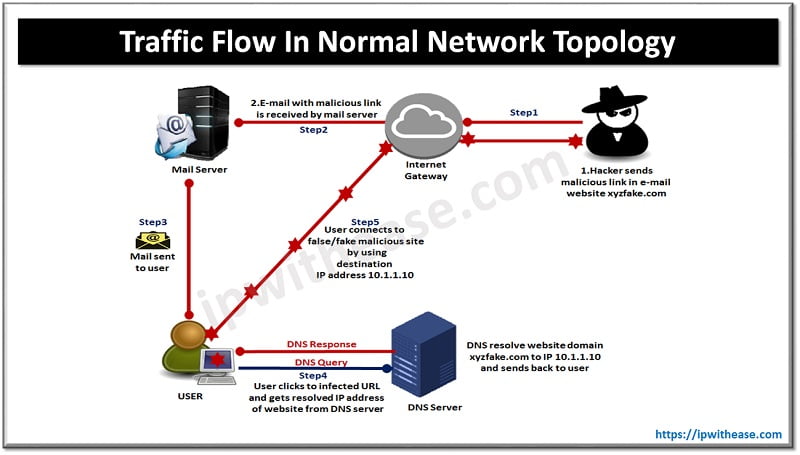5 Ways GRE Tunnels Work

The concept of GRE (Generic Routing Encapsulation) tunnels has become a cornerstone in the realm of network engineering, particularly when it comes to creating secure, encrypted connections between two endpoints over a network. At its core, a GRE tunnel is a simple, lightweight, generic encapsulation protocol that can encapsulate a wide variety of network layer protocols, allowing them to be transported over an IP network. But how exactly do GRE tunnels work? Let’s delve into the details and explore 5 key ways GRE tunnels function, providing a comprehensive look at their operational mechanics.
1. Establishing the Tunnel
The process of establishing a GRE tunnel begins with the configuration of the tunnel endpoints. These endpoints, typically routers, are set up to initiate and terminate the GRE tunnel. The setup involves specifying the source and destination IP addresses of the tunnel, along with other parameters such as the tunnel mode (e.g., GRE/IP) and any authentication methods to be used. Once configured, the routers can establish the tunnel, allowing data packets to be encapsulated and transmitted between them.
For example, consider a scenario where two branch offices of a company need to communicate securely over the internet. By setting up a GRE tunnel between the routers at each branch, data can be encapsulated and sent securely, even though the data is traversing the public internet. This is particularly useful in situations where a dedicated, private connection between sites is not feasible due to cost or infrastructure limitations.
2. Packet Encapsulation
One of the fundamental aspects of how GRE tunnels work is packet encapsulation. When a packet is sent through a GRE tunnel, it is encapsulated with a new header. This new header contains the source and destination addresses of the tunnel endpoints, among other information. The original packet, including its original headers, is placed inside this new packet. This encapsulation process effectively hides the original packet’s details from the network it is traversing, providing a level of security and flexibility, as various types of packets can be encapsulated and transmitted without needing to understand their contents.
The encapsulation process can be broken down further into steps: - Header Addition: A GRE header is added to the original packet. This header may include a key for authentication, a sequence number to ensure packet ordering, and flags for other options. - Encapsulation: The packet, now with the GRE header, is then encapsulated in an IP packet. This outer IP header contains the source and destination IP addresses of the tunnel endpoints.
3. Transportation Across the Network
Once encapsulated, the packets are transported across the network like any other IP packet. They are routed based on the outer IP header, which contains the addresses of the tunnel endpoints. This means that the packets can traverse routers and other network devices without those devices needing to understand the GRE protocol or the encapsulated packets. The GRE tunnel essentially creates a virtual point-to-point link between the two endpoints, allowing them to communicate as if they were directly connected, even if they are separated by multiple network segments or types.
4. Decapsulation and Delivery
Upon reaching the destination endpoint of the GRE tunnel, the process is reversed. The outer IP header (and the GRE header if present) is removed, a process known as decapsulation, leaving the original packet. This original packet is then forwarded to its final destination based on its original headers. The decapsulation process is straightforward and involves: - Removing the Outer Header: The outer IP header and the GRE header are stripped away. - Forwarding: The now-decapsulated packet is examined, and based on its original headers, it is forwarded to its intended destination.
5. Security Considerations
While GRE tunnels provide a method for encapsulating and transmitting packets securely, they do not inherently provide encryption. This means that while the packets are encapsulated and can be authenticated, their contents are not encrypted and could potentially be intercepted and read. For scenarios where encryption is necessary, other protocols such as IPsec (Internet Protocol Security) are often used in conjunction with GRE. IPsec can provide encryption, authentication, and integrity checks for the packets being transported through the GRE tunnel, ensuring that even if packets are intercepted, their contents cannot be accessed without the decryption key.
In conclusion, GRE tunnels offer a versatile and efficient way to establish secure communications over public or shared networks. By understanding how GRE tunnels are established, how packets are encapsulated and decapsulated, how they are transported, and the security considerations involved, network engineers can leverage GRE tunnels to meet a variety of network connectivity needs. Whether it’s connecting branch offices securely, facilitating VPN connections, or simply needing to encapsulate non-IP protocols over an IP network, GRE tunnels provide a powerful tool in the network engineer’s arsenal.
Final Thoughts
As network technologies continue to evolve, the use of GRE tunnels is likely to remain a vital component of many network architectures. Their flexibility, combined with their ability to securely transport a wide range of protocols, makes them an indispensable resource for ensuring network connectivity and security. By grasping the operational details of GRE tunnels, professionals can better design, implement, and manage network infrastructures that meet the demands of modern, interconnected environments.
Frequently Asked Questions
What is the primary purpose of a GRE tunnel?
+The primary purpose of a GRE tunnel is to encapsulate and transport network layer protocols over an IP network, allowing for secure and flexible communications between endpoints.
Can GRE tunnels provide encryption for the packets being transported?
+No, GRE tunnels themselves do not provide encryption. For encrypted communications, protocols like IPsec are often used in conjunction with GRE.
What types of protocols can be encapsulated within a GRE tunnel?
+GRE tunnels can encapsulate a wide variety of network layer protocols, including non-IP protocols, making them very versatile for network connectivity solutions.



